Applications are the high ground of value.
Author: Deep Thought Circle
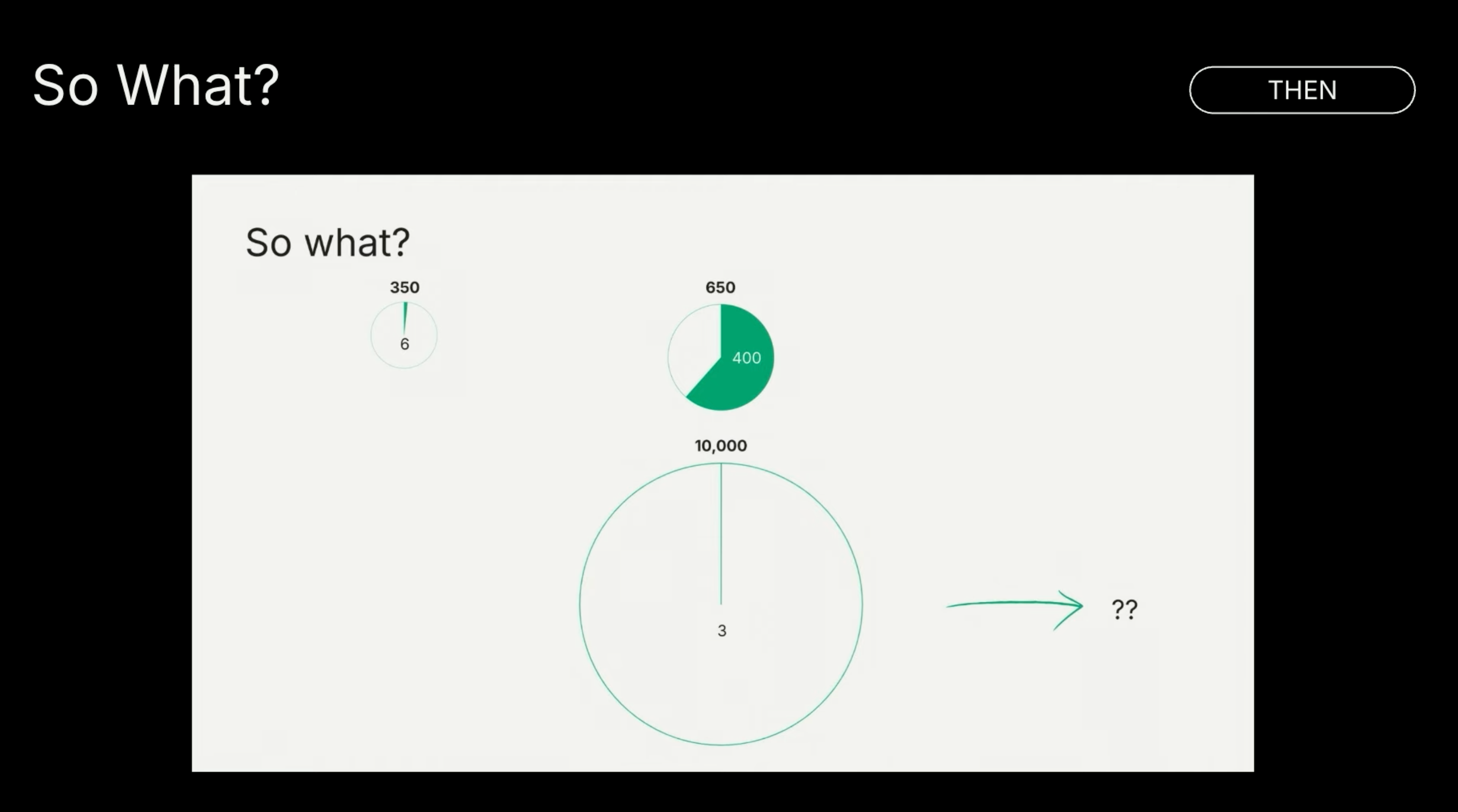
While the entire tech circle is still busy chasing the AI wave, Sequoia Capital has already begun to contemplate the deeper opportunities behind this wave of technological revolution. At their annual AI Ascent conference, three core partners, Pat Grady, Sonya Huang, and Konstantine Buhler, shared their unique insights on AI development trends and market opportunities.
This presentation was not filled with intimidating technical jargon but instead revealed how AI is changing the business world and our lives in simple, understandable language. From market size to application layer value, from data flywheels to user trust, they unveiled the key success factors for AI entrepreneurship. More importantly, they predicted the arrival of the AI agent economy and how it will fundamentally change the way we work. For entrepreneurs and investors, this sharing revealed a clear signal: the AI wave has arrived, and now is the time to move forward at full speed. Don't worry about the noise of the macro economy; the wave of technology adoption is enough to drown out any market fluctuations.
If you want to understand why Sequoia believes the AI market is ten times larger than cloud computing, how startups can win in this field, and how the upcoming "agent economy" will disrupt our world, this interpretation provides you with a first-hand feast of ideas.
Market Opportunities: Why AI is a Trillion-Dollar Shockwave
At the beginning of the speech, Pat Grady posed several key questions: What is AI? Why is it important? Why now? And what should we do? This framework comes from Sequoia Capital's legendary founder, Don Valentine, who used these questions to evaluate every emerging market.
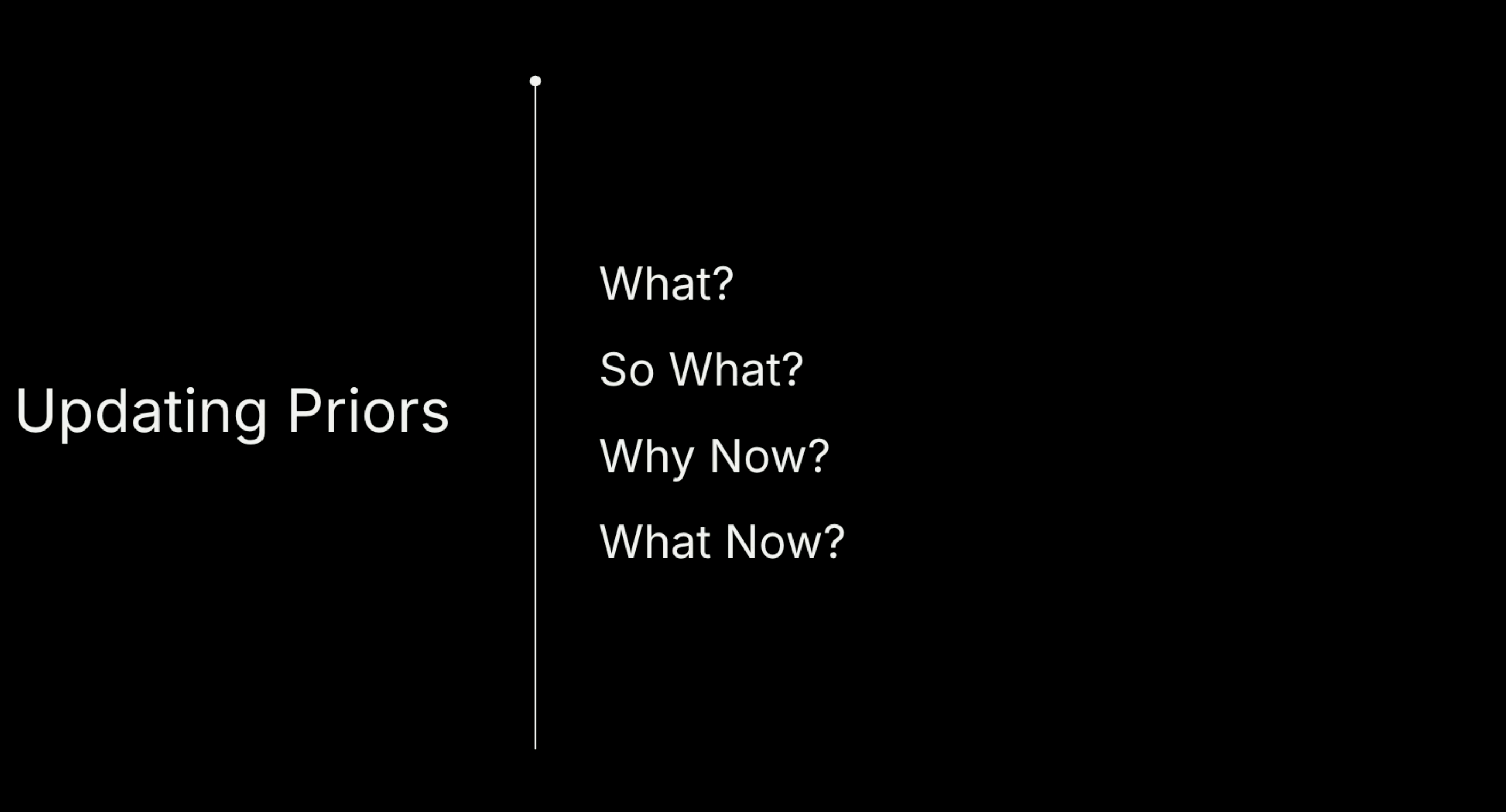
At last year's AI Ascent conference, Sequoia presented a comparison chart, with one line showing the transformation of cloud computing and the other line showing the transformation of AI. Now, cloud computing has become a massive $400 billion industry, larger than the entire market when the software market was just starting out. By this analogy, the starting market for AI services must be at least an order of magnitude larger, ten times that of the early cloud computing. In the next 10 to 20 years, this market could become unimaginably huge, far beyond our expectations.
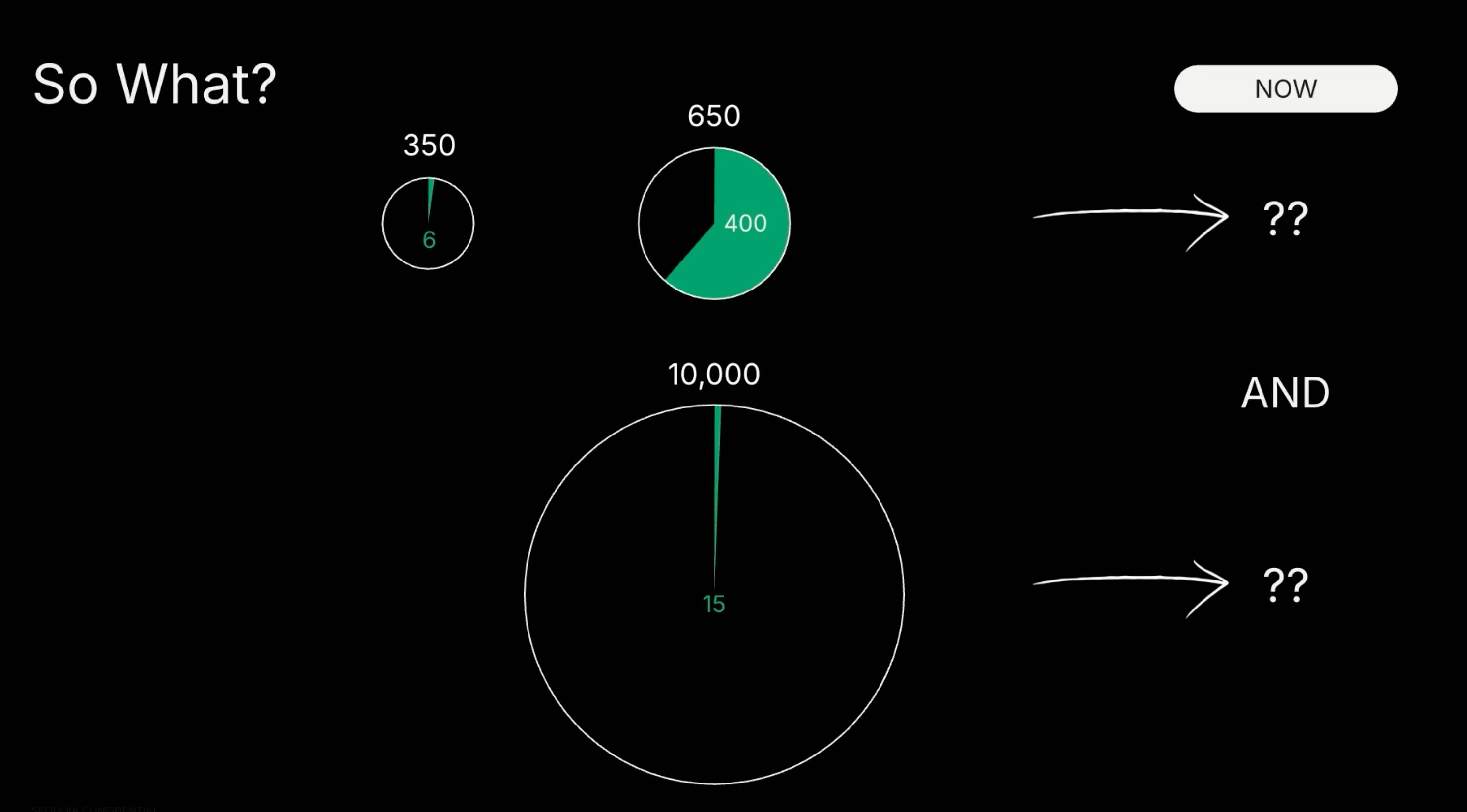
This year, Sequoia updated their view, believing that AI is not only eating the service market's cake but is also simultaneously consuming the software market's cake. We have already seen many companies starting with simple software tools, gradually becoming smarter, evolving from a "co-pilot" mode that assists humans to an almost fully automated "autopilot" mode. These companies are shifting from selling tools to selling outcomes, moving from competing for software budgets to capturing human resource budgets. AI is impacting both of these massive markets simultaneously.
Historically, every wave of technological revolution has been larger than the previous one, and the arrival of AI is faster than any previous technological revolution. Pat explained this with a simple analysis: to analyze the physical laws of technology dissemination, you only need three conditions—people must know about your product, they must want your product, and they must be able to access your product. Compared to the early days of cloud computing, the speed of AI adoption is astonishing. Back then, Salesforce founder Marc Benioff had to employ various "guerrilla" marketing strategies to attract attention, whereas on November 30, 2022, when ChatGPT was released, the world's focus immediately shifted to AI. At the same time, the channels for sharing information have greatly increased, with Reddit and Twitter (now renamed X) having 1.2 to 1.8 billion active users each month. Internet users have also grown from 200 million back then to 5.6 billion now, almost covering all households and businesses globally.
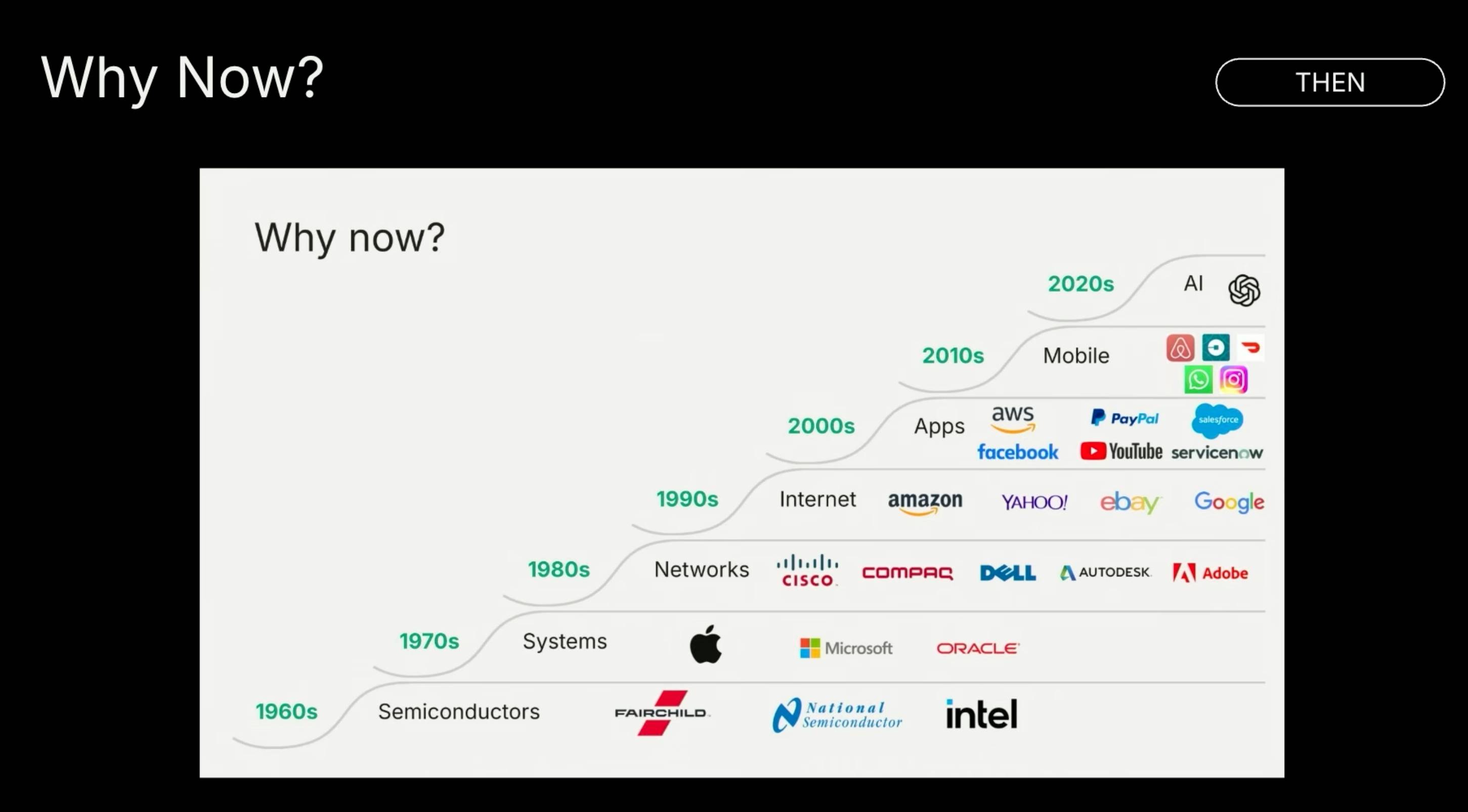
"This means the infrastructure is in place, and when the starting gun fires, there are no barriers to adoption," Pat explained, "This is not a phenomenon unique to AI; it is the new reality of technology distribution, and the physical rules have changed. The tracks have been laid."
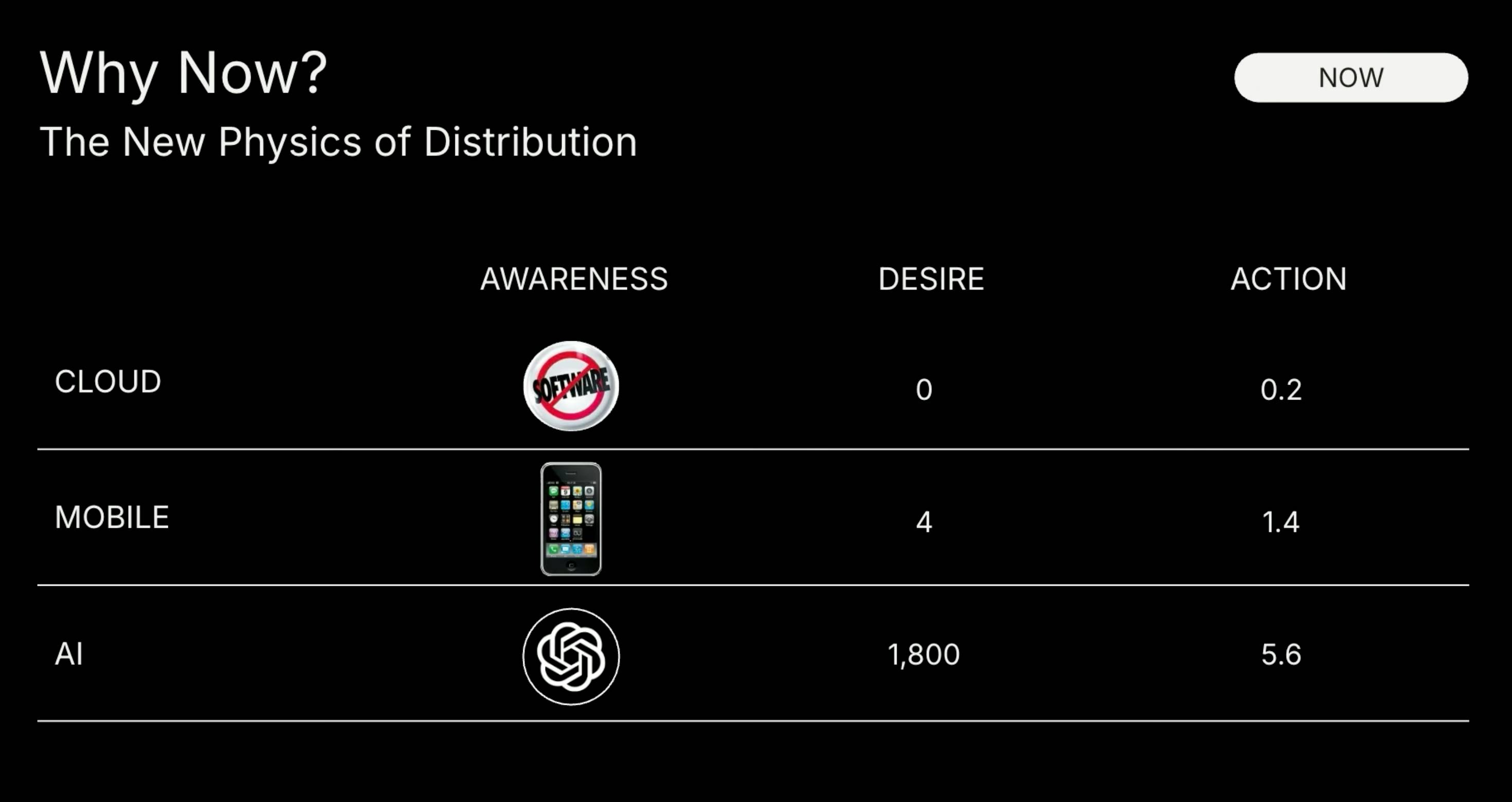
Applications are the high ground of value: How to win in the AI era
Looking back at several major technological revolutions in history, whether it be personal computers, the internet, or mobile internet, most companies that achieved over $1 billion in revenue were concentrated in the application layer. Sequoia firmly believes that the same rule will apply in the AI field: the real value lies in the application layer.
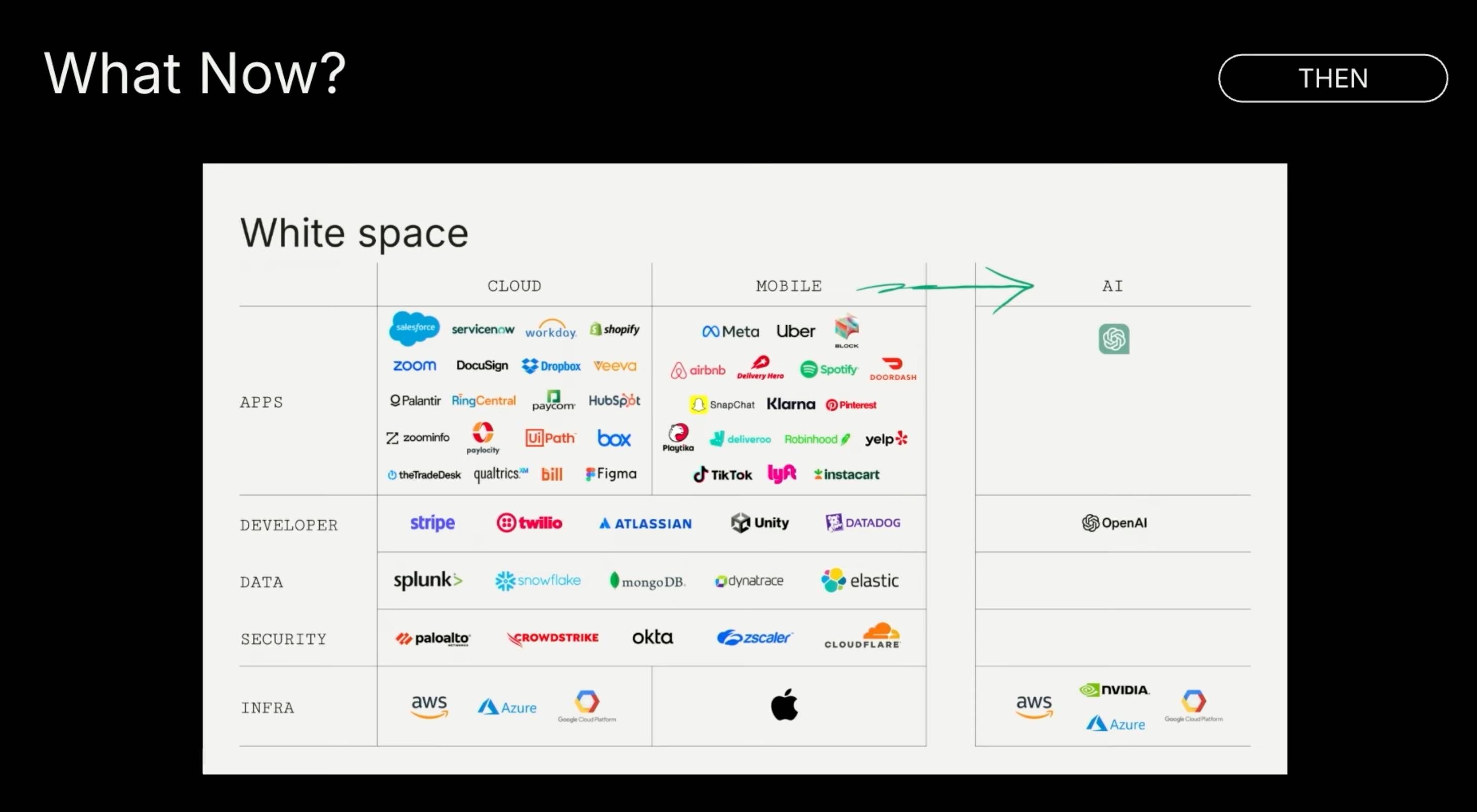
However, the current situation is different. With the advancement of large models, they are now able to penetrate deeply into the application layer through reasoning capabilities, tool usage, and communication between agents. If you are a startup, how should you respond to this situation? Pat suggests starting from customer needs, focusing on specific verticals, concentrating on specific functions, and solving complex problems that may require human involvement. This is where the real competition lies and where value is generated.
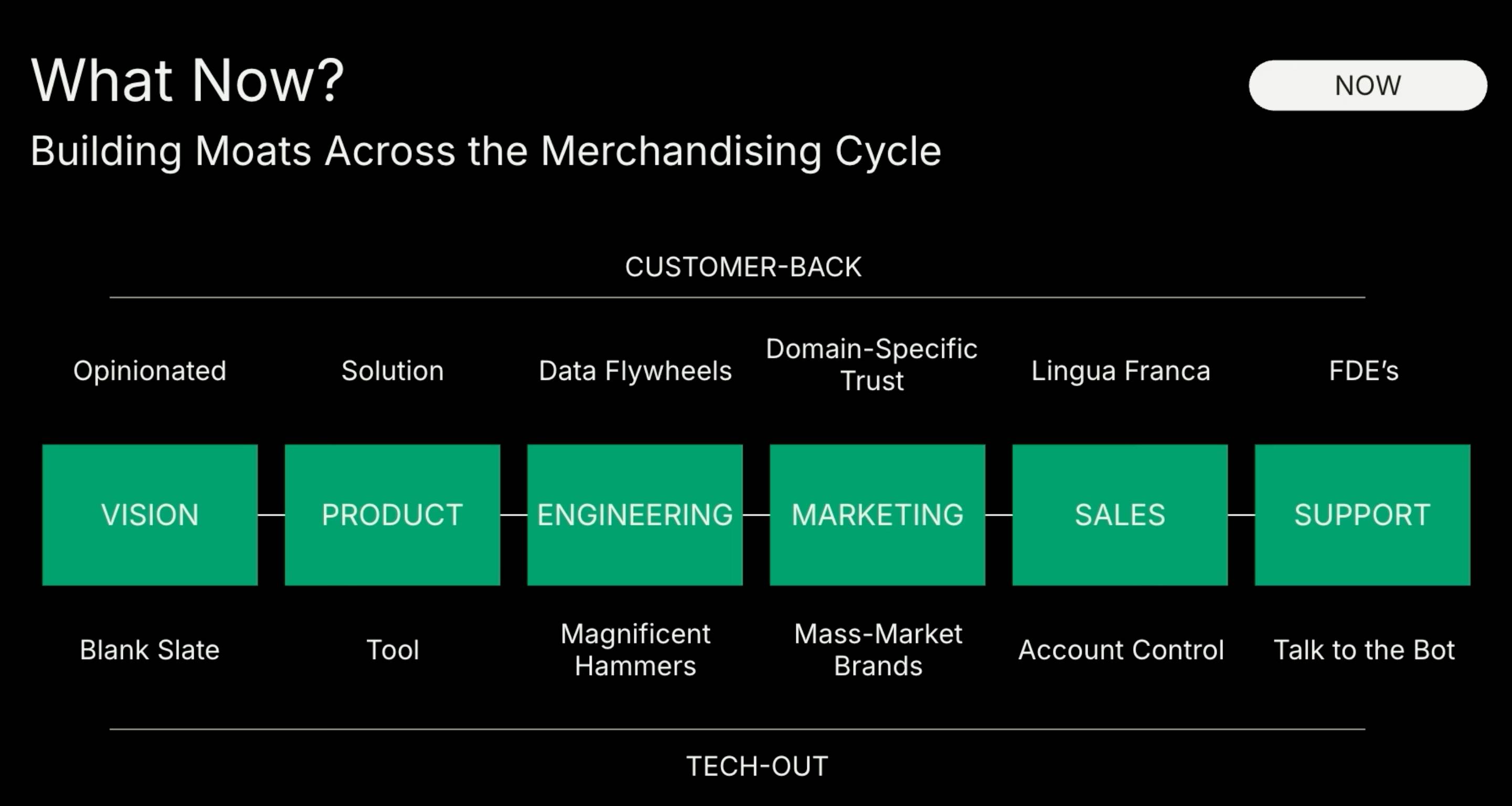
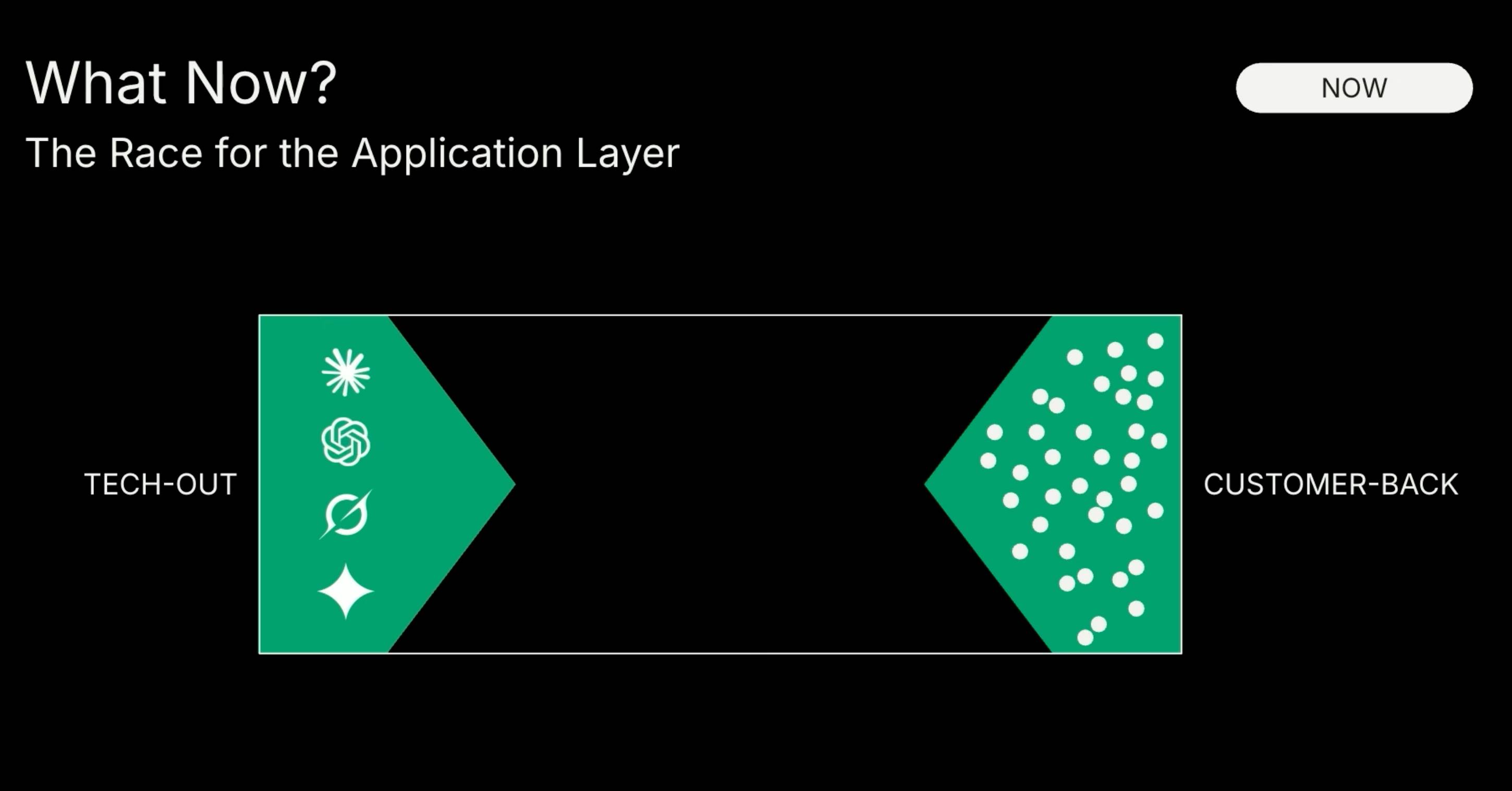
Is there anything special about building an AI company? Pat stated that 95% of the content is no different from building an ordinary company—solving important problems, finding unique and attractive ways, and attracting top talent. Only 5% is unique to AI, and he emphasized three points:
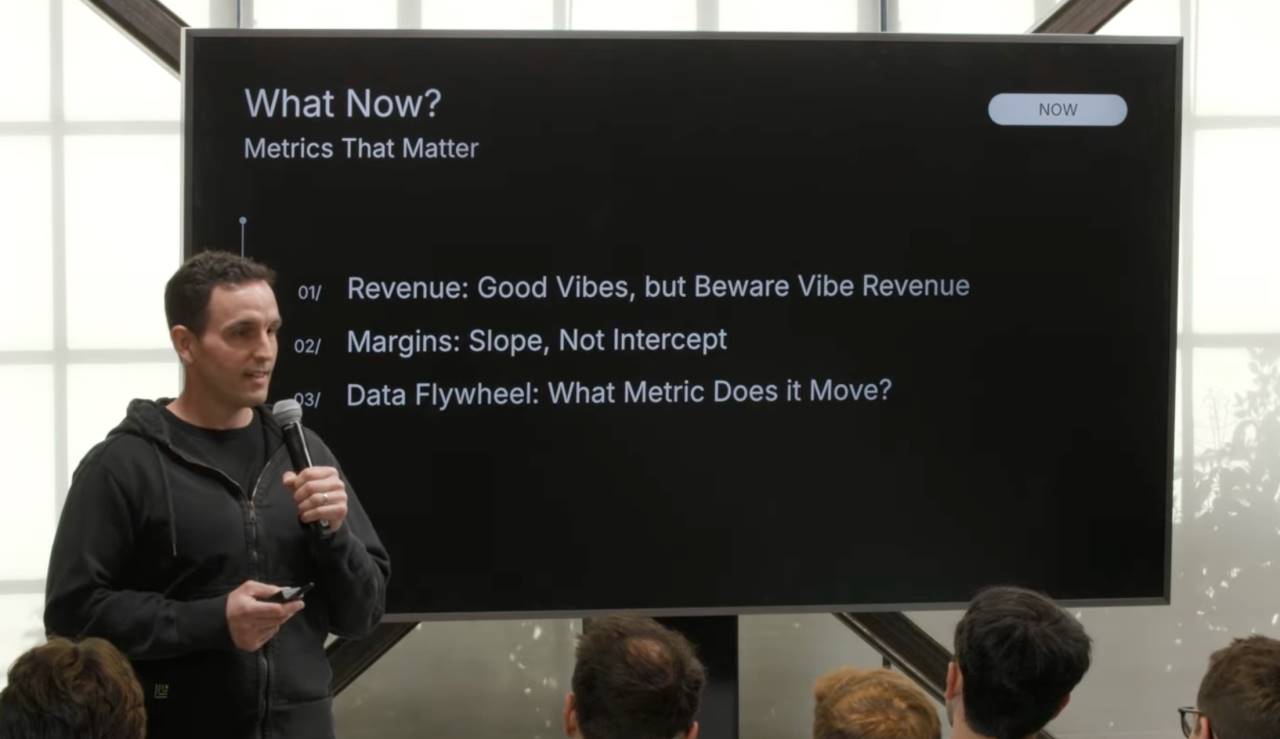
First, beware of "vibe revenue." Pat explained that many entrepreneurs like "vibe revenue," feeling good about it, as if the company is growing rapidly, but in reality, this may just be customers testing the waters rather than a true change in behavior. He advises founders to carefully examine user adoption rates, engagement, and retention to see what people are actually doing with the product. Don't deceive yourself into thinking you have real revenue when it is merely "vibe revenue," as this will ultimately harm you.
"In the current stage of development, trust is more important than your product," Pat emphasized, "Products will gradually improve, and if customers trust that you can make it better, you will be fine; if they don't trust you, you will be in trouble."
Second, gross margin. Pat stated that they are not necessarily concerned about what the current gross margin of a startup is because the cost structure in the AI field is changing rapidly. In the past 12 to 18 months, the cost per token has decreased by 99%. If entrepreneurs successfully shift from selling tools to selling outcomes and move upstream in the value chain, the price points will also rise. Although the current gross margin may not be ideal, the company should have a clear path to healthy gross margins.
Third, the data flywheel. Pat asked the entrepreneurs in the audience, "Who has a data flywheel? What business metrics can this data flywheel drive?" He pointed out that if you cannot answer this question, then the so-called data flywheel may just be a fantasy. It must be linked to specific business metrics; otherwise, it is meaningless. This is particularly important because the data flywheel is one of the most powerful moats that startups can build.
At the end of the speech, Pat used an interesting metaphor: "Nature abhors a vacuum." He said that there is currently a huge "pull" for AI in the market, and all the macroeconomic noise, such as tariffs and interest rate fluctuations, is irrelevant. The upward trend in technology adoption completely drowns out any market fluctuations. "There is a huge pull in the market, and if you don't seize the opportunity, others will. So, regardless of what we previously discussed about moats and metrics, you are now in an industry where you need to run hard. Now is the time to go all out and maintain maximum speed."
From Hype to Real Value: Significant Increase in AI User Engagement
Next, Sonya Huang reviewed the significant progress in AI applications over the past year. She shared an exciting statistic: in 2023, the ratio of daily active users to monthly active users (DAU/MAU) for native AI applications was very low, indicating that while users were curious to try, they did not use them frequently, with hype far exceeding actual value. But now, the situation has dramatically reversed. The DAU/MAU ratio for ChatGPT has been climbing and is now close to Reddit's level.
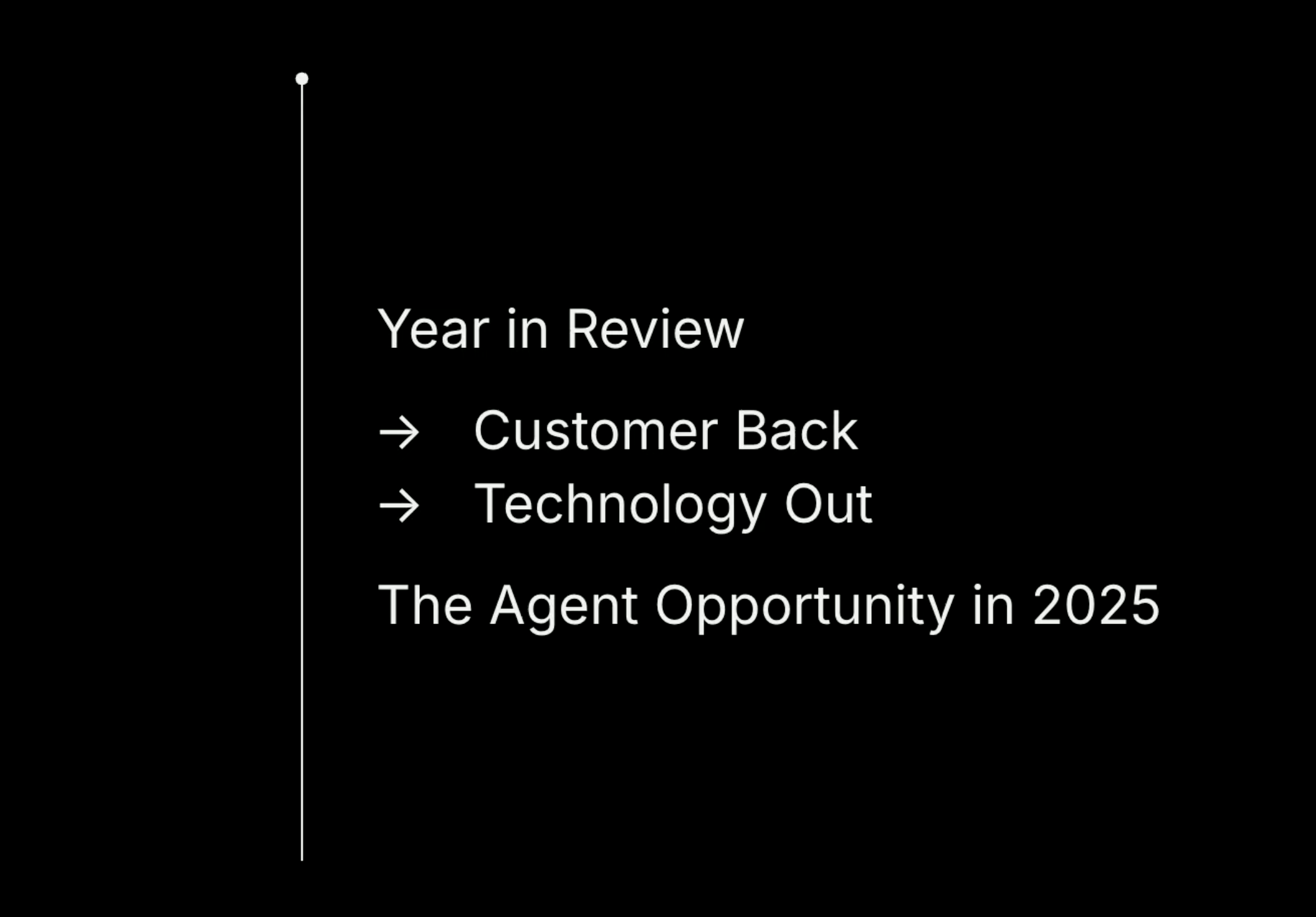
"This is great news," Sonya said excitedly, "It means that more and more of us are deriving real value from AI, and we are all learning together how to integrate AI into our daily lives."
This usage has both a fun and lighthearted side, as well as profound practical value. Sonya admitted that she personally burned through an astonishing number of GPUs trying to "Ghibli-fy" various images. But beyond these fun applications, what is even more exciting are the deeper applications, such as creating incredibly precise and aesthetically pleasing ad copy in the advertising field, instant visualization of new concepts in education, and applications like OpenEvidence in healthcare that can better assist in diagnosis.
"We have only just scratched the surface of possibilities," Sonya said, "As the capabilities of AI models continue to improve, the things we can do through this 'front door' will become increasingly profound."
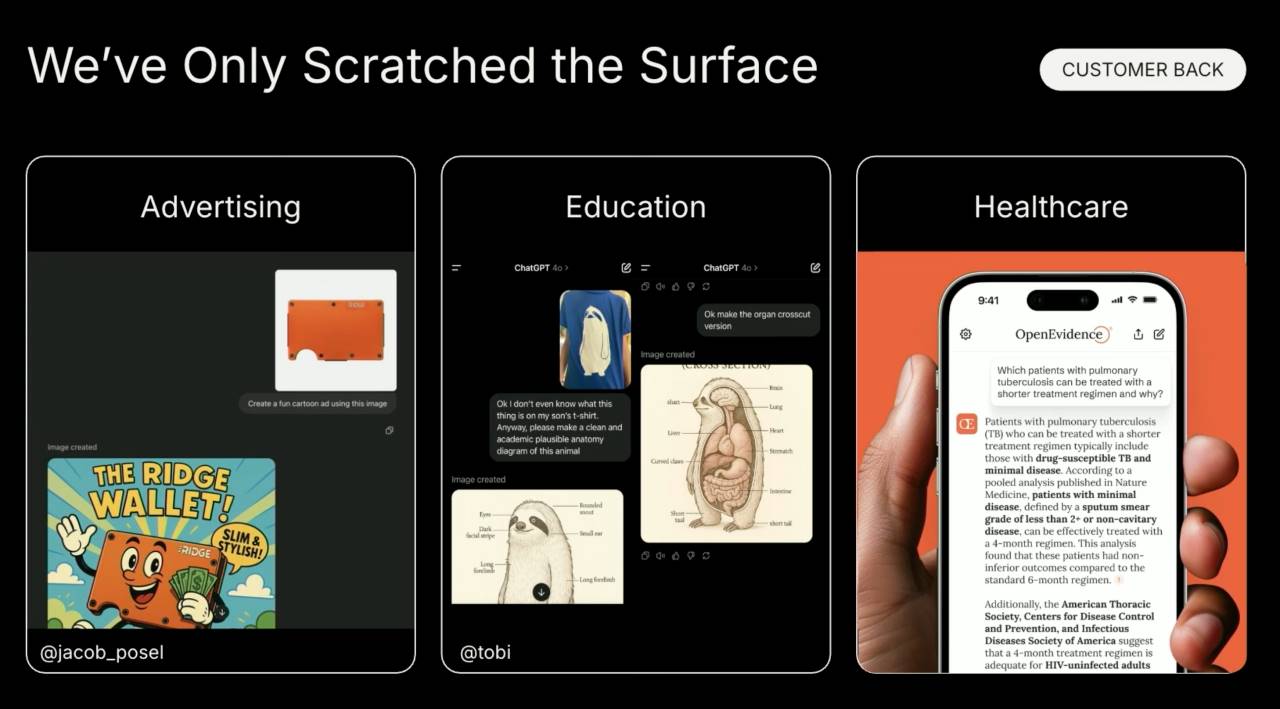
Breakthroughs in Voice and the Explosion of Programming: Two Key Areas
In 2024, there are two particularly noteworthy breakthroughs in the field of AI. The first is voice generation technology. Sonya referred to it as the "Her moment" in the voice domain, citing the story of Joaquin Phoenix falling in love with an AI assistant in the movie "Her." Voice generation technology has completely crossed the "uncanny valley" and reached a level that is nearly indistinguishable from reality.
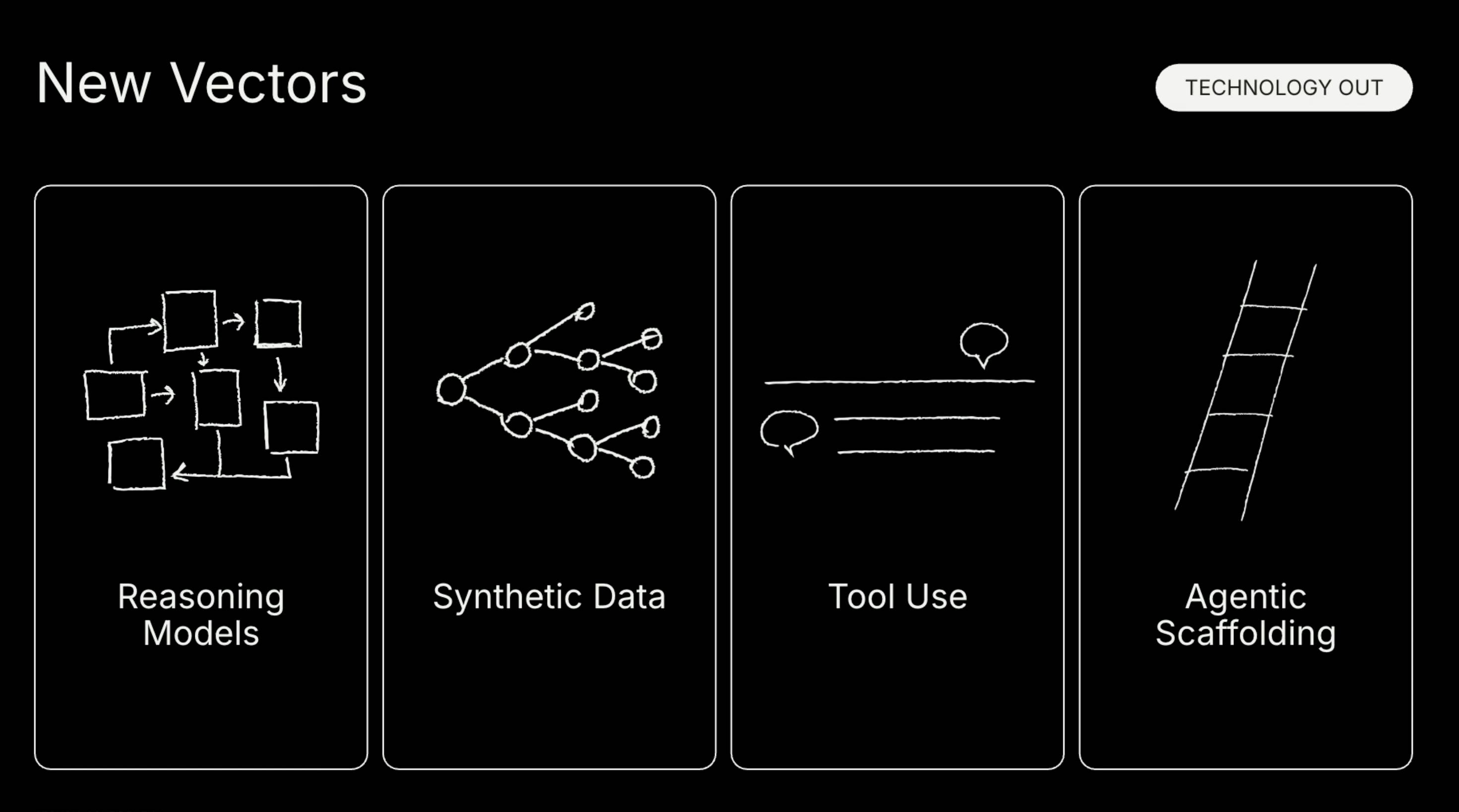
On site, Sonya played a voice demonstration that sounded so natural that it was difficult to discern whether it was human or AI. "The gap between science fiction and reality is closing at an astonishing speed; it feels like the Turing test has quietly arrived at our doorstep."
The second key breakthrough is in the programming domain. Sonya pointed out that this area has reached a "screaming product market fit." Since the release of Anthropic's Claude 3.5 Sonnet last fall, there has been a rapid "vibe shift" in programming. People are now achieving impressive results with AI programming, such as someone creating a DocSend alternative through "vibe coding."
"Whether you are an experienced '10x engineer' or someone who knows nothing about programming, AI is fundamentally changing the accessibility, speed, and cost-effectiveness of software creation," Sonya explained.
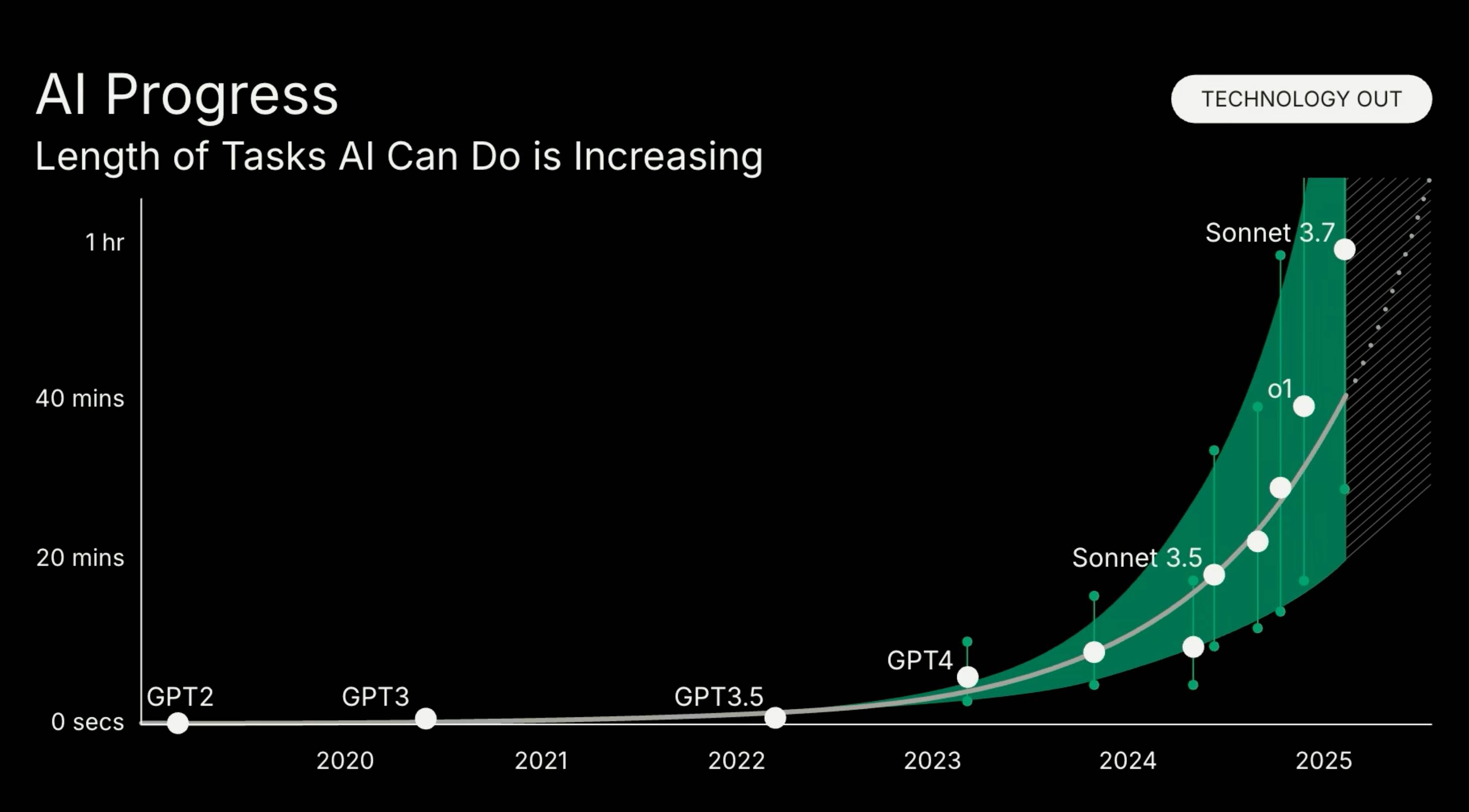
From a technical perspective, although the progress of pre-trained models seems to be slowing down, the research ecosystem is seeking new breakthrough paths. The most important advancements are in OpenAI's reasoning capabilities, while technologies such as synthetic data, tool usage, and AI scaffolding are also rapidly developing, combining to create artificial intelligence that can accomplish increasingly complex tasks.
Where Value is Generated: The Battlefield of the Application Layer Heats Up
Sonya recalled a debate she had with her colleagues about the value creation of AI. She admitted that she was initially skeptical about GPT-packaged applications, while her partner Pat firmly believed that value would be generated at the application layer. It now appears that Pat was right. In terms of actual value creation, companies like Harvey and OpenEvidence, which focus on customer needs, have indeed created significant value.
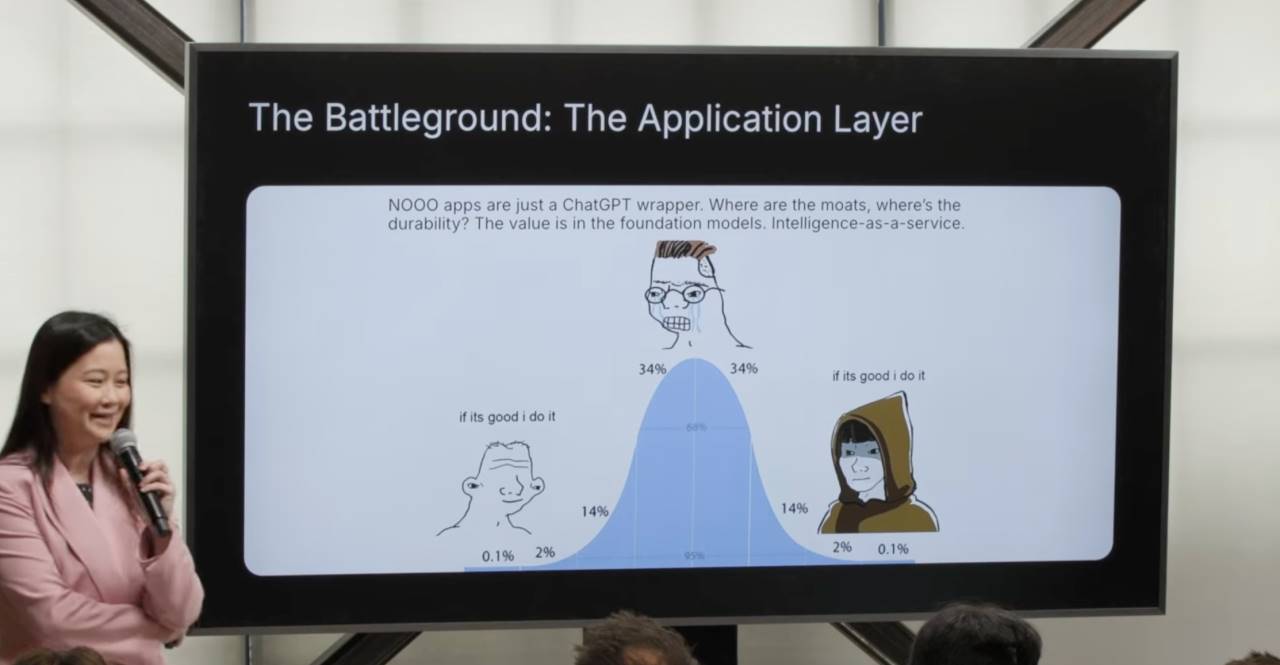
"We firmly believe that the application layer is where value ultimately converges," Sonya said, "and as foundational models increasingly penetrate this layer, the battlefield is becoming more intense."
Of course, she jokingly pointed out that the real winner might be NVIDIA's CEO Jensen Huang, whose company has reaped enormous profits from AI chip sales.
Sonya believes that the first batch of AI "killer applications" has emerged. In addition to well-known applications like ChatGPT, Harvey, Glean, Sierra, and Cursor, a number of emerging companies are rising in various professional fields. She specifically mentioned that many new companies will be "agent-first," with the agents they sell evolving from simple prototypes to truly powerful products.
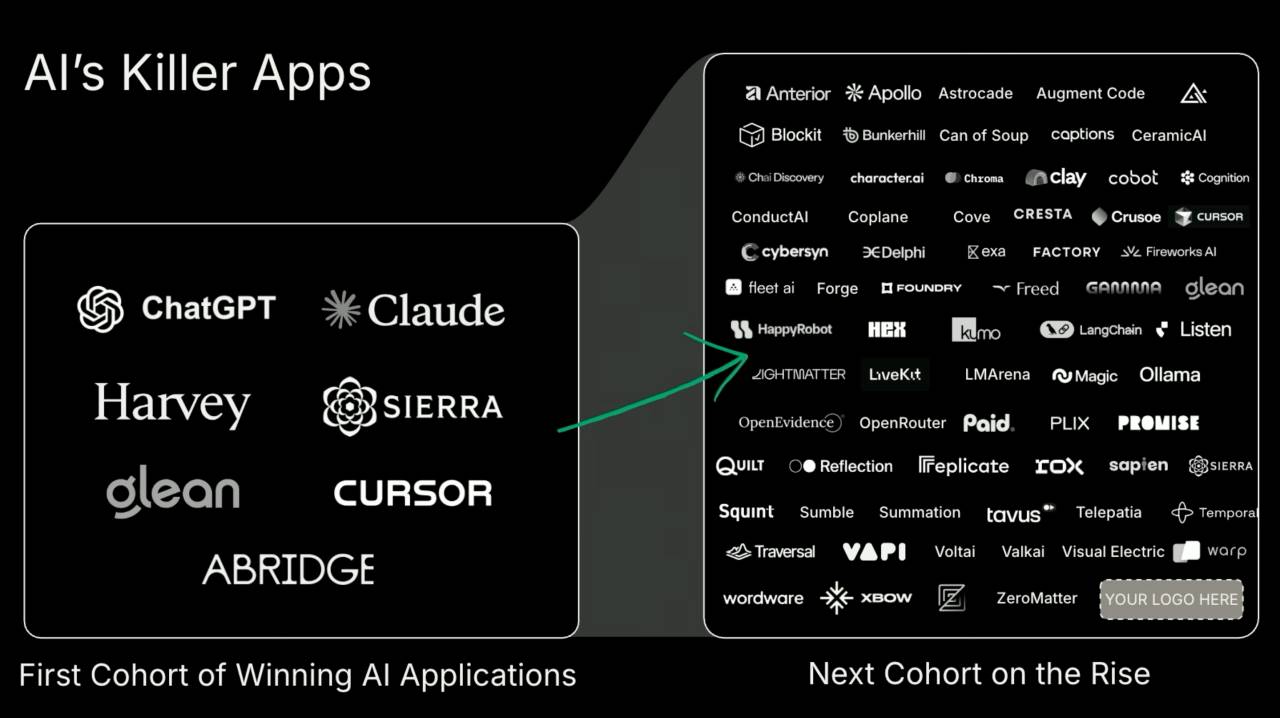
Vertical Agents: AI Agents Specializing in Specific Domains
In the agent market of 2025, Sonya is particularly optimistic about the development of vertical agents. This presents excellent opportunities for entrepreneurs who delve deeply into a specific field. These vertical agents are trained end-to-end for specific workflows, using reinforcement learning techniques that include synthetic data and user data, enabling AI systems to excel in very specific tasks.
There are already exciting early cases. In the security field, Expo demonstrated that their agents could surpass human penetration testers; in the DevOps field, Traversal created an AI troubleshooter that outperformed the best human troubleshooters; in the networking field, Meter's AI also surpassed network engineers.
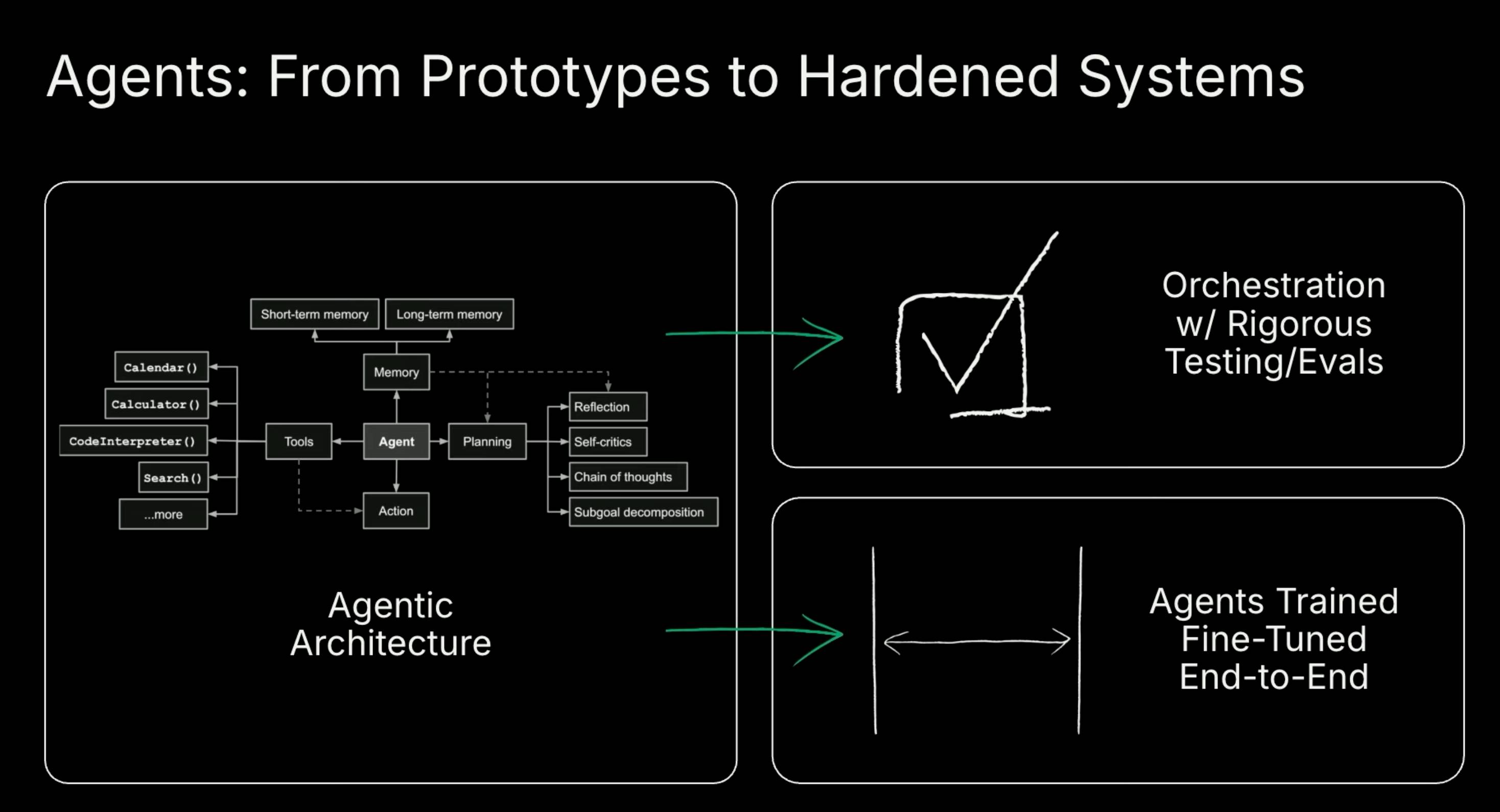
Although these cases are still in the early stages, they inspire optimism that vertical agents trained to solve specific problems can outperform today's best human experts.
Sonya also introduced the concept of the "abundance era." Taking programming as an example, what happens when labor becomes cheap and abundant? Will we end up with a lot of low-quality AI-generated content? What will happen when "taste" becomes a scarce asset? The answers to these questions will indicate how AI will change other industries.
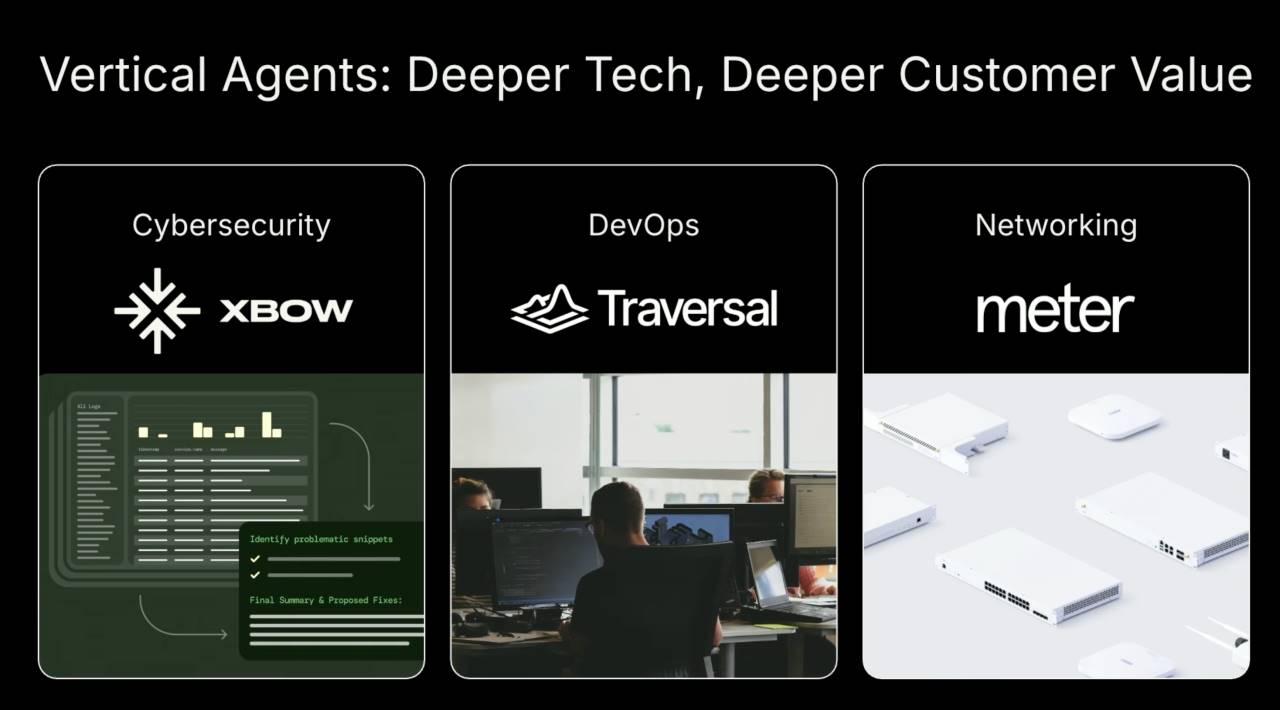
Agent Economy: The Next Important Phase of AI
In the final part of the presentation, Konstantine Buhler looked ahead to the next important phase of AI—the "agent economy." The discussion of agents began at last year's AI Ascent conference when these machine assistants were just starting to form business models. Now, these networks of machines, referred to as "agent swarms," are playing important roles in many companies, becoming a key part of the AI technology stack.
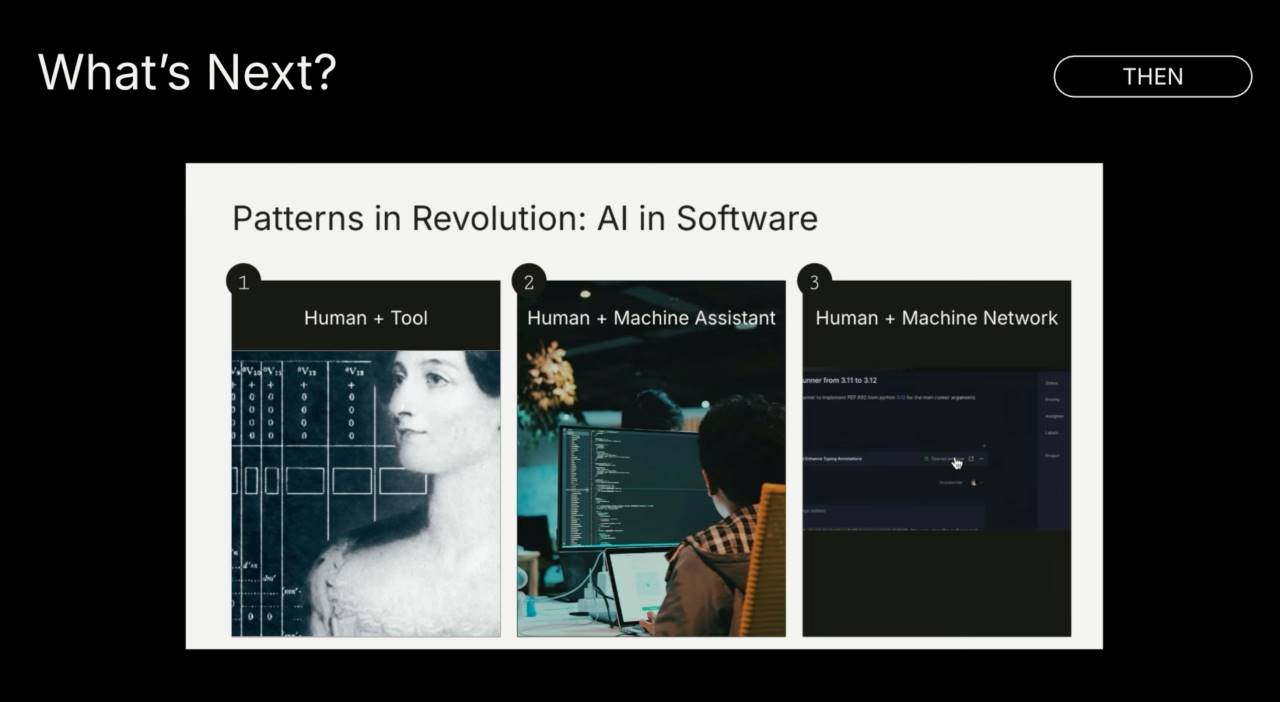
Konstantine predicts that in the coming years, this will further mature into an agent economy. In this economy, agents do not just relay information; they can also transfer resources, conduct transactions, record behaviors, understand trust and reliability, and possess their own economic systems.
"This economic system does not exclude humans; it is entirely centered around humans," Konstantine explained, "agents collaborate with humans, and humans collaborate with agents, together forming this agent economy."
Three Key Technical Challenges in Building the Agent Economy
To realize this grand vision, we face three key technical challenges:
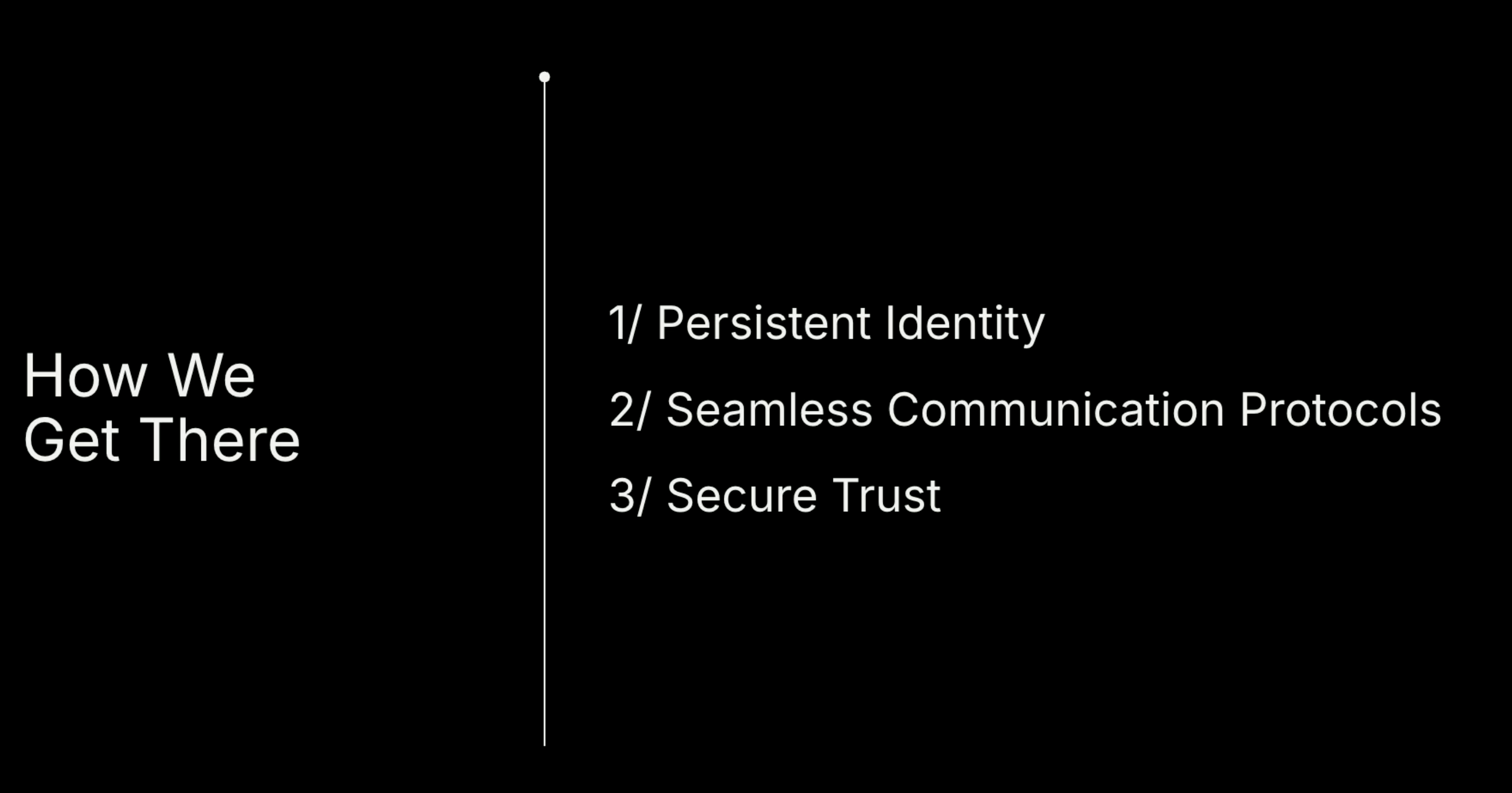
The first challenge is persistent identity. Konstantine explained that persistent identity actually encompasses two aspects. First, the agents themselves need to maintain consistency. If you are dealing with someone in business who changes every day, you are unlikely to collaborate long-term. Agents must be able to maintain their own personality and understanding. Second, agents need to remember and understand you. If your partner knows nothing about you, or can barely remember your name, this will also pose challenges to trust and reliability.
Current solutions like RAG (Retrieval-Augmented Generation), vector databases, and long context windows are attempting to address this issue, but there are still significant challenges in achieving true memory, memory-based self-learning, and maintaining agent consistency.
The second challenge is seamless communication protocols. "Imagine what personal computing would be like without TCP/IP and the internet," Konstantine said, "we are just beginning to build the protocol layer between agents." He specifically mentioned the development of MCP (Model Collaboration Protocol), which is just one of a series of future protocols designed to enable information transfer, value transfer, and trust transfer.
The third challenge is security. When you cannot communicate face-to-face with a partner, the importance of security and trust becomes even more pronounced. In the agent economy, security and trust will be more important than in the current economy, giving rise to a complete industry centered around trust and security.
From Determinism to Randomness: A Fundamental Shift in Mindset
Konstantine believes that the arrival of the agent economy will fundamentally change our way of thinking. He introduced the concept of a "stochastic mindset," which is entirely different from traditional deterministic thinking.
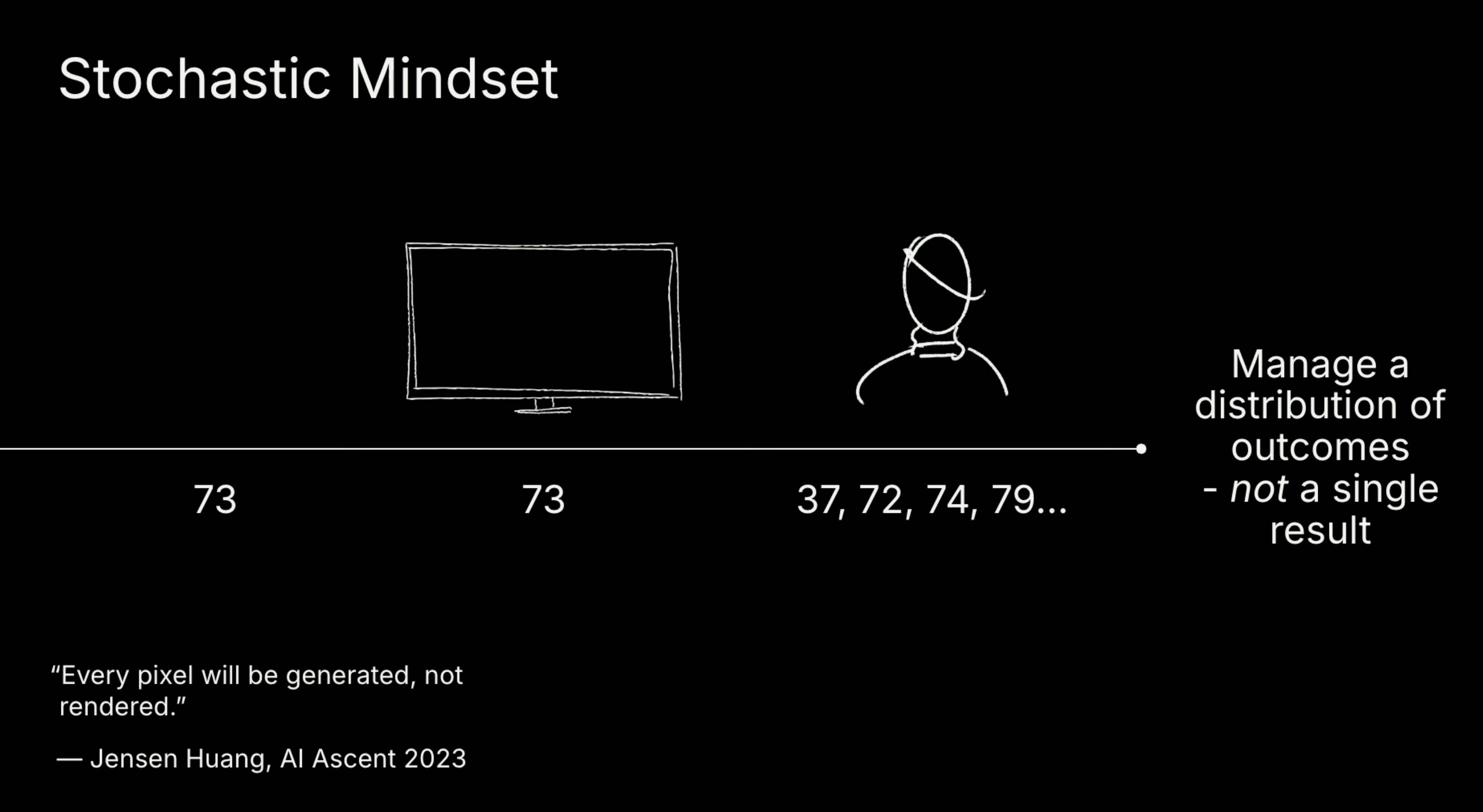
"Many of us fell in love with computer science because it is so certain," he explained, "you program a computer to do something, and it will do it, even if the result is a segmentation fault. Now, we are entering an era where computation will have randomness."
He illustrated with a simple example: if you ask a computer to remember the number 73, it will remember it tomorrow, next week, and next month. But if you ask a person or AI to remember it, they might remember 73, or they might remember 37, 72, 74, or the next prime number 79, or even forget it entirely. This shift in mindset will have profound implications for how we handle AI and agents.
The second change is in the management mindset. In the agent economy, we need to understand what agents can and cannot do, which is similar to the transition from independent contributor to manager. We will need to make more complex management decisions, such as when to halt certain processes and how to provide feedback.
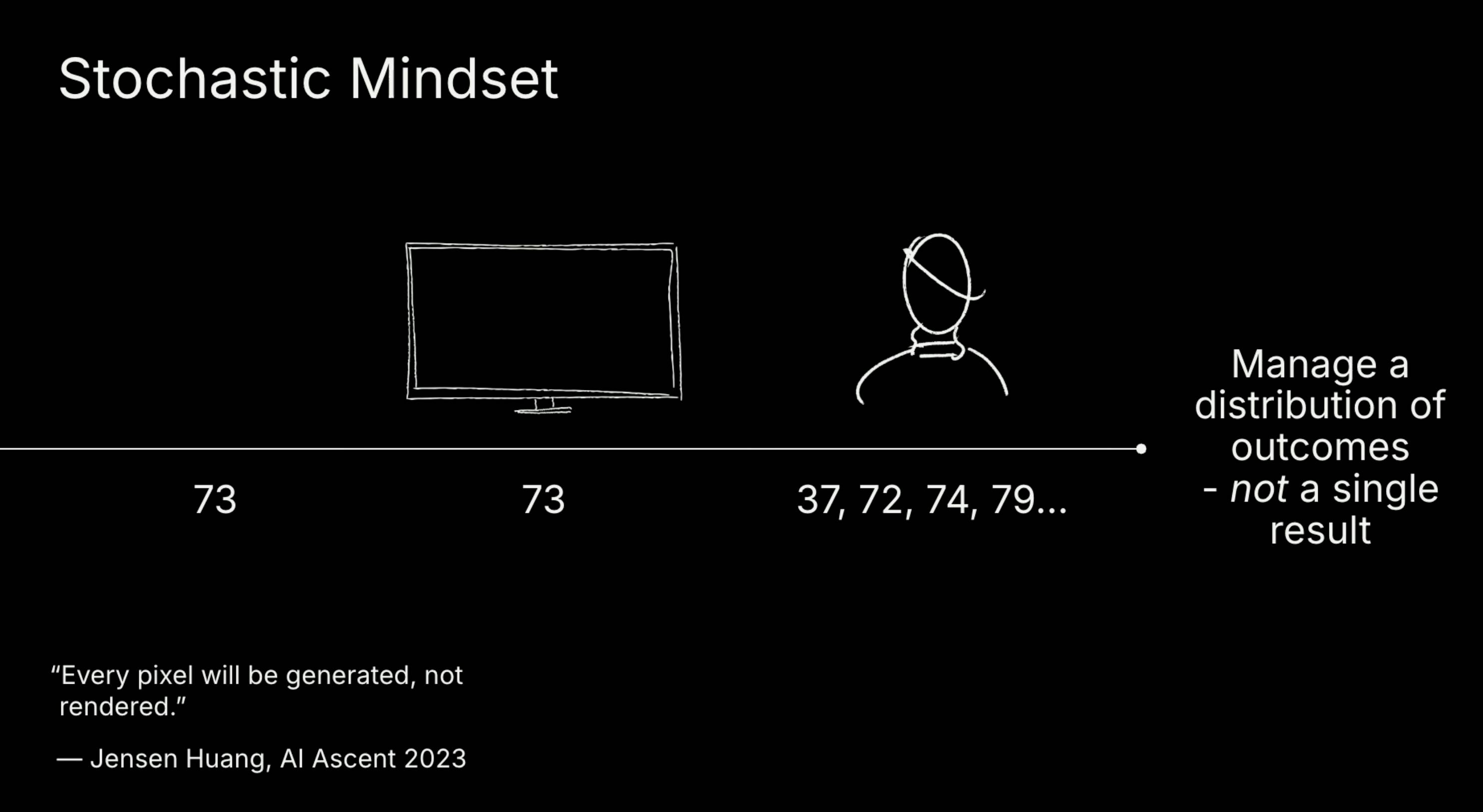
The third major change is the combination of the first two: we will have greater leverage, but certainty will significantly decrease. "We are entering a world where you can do more things, but you must be able to manage this uncertainty and risk," Konstantine said, "in this world, everyone here is well-suited to thrive."
The Ultimate Leverage Effect: Reshaping Work, Companies, and the Economy
A year ago, Sequoia predicted that various functions within organizations would begin to have AI agents, gradually integrating until the entire process would be completed by AI agents. They even boldly predicted the emergence of the first "one-person unicorn company."
While the "one-person unicorn" has yet to materialize, we have already seen companies expand at an unprecedented pace, using fewer people than ever before. Konstantine believes we will reach levels of leverage never seen before.
"Ultimately, these processes and agents will merge to form a network of neural networks," he envisioned, "this will change everything, reshaping individual work, restructuring company frameworks, and transforming the entire economy."
The three partners at Sequoia outlined a clear path for AI's evolution from its current state to potential future developments through this presentation. From a macro analysis of market opportunities to insights on application layer value, and finally to the vision of the agent economy, they not only explained the What and Why but, more importantly, pointed out the How—how to seize opportunities and create value in this trillion-dollar landscape.
For entrepreneurs, this is not just a feast of ideas but also a guide for action: seize the value at the application layer, build real revenue rather than "vibe" revenue, establish a data flywheel, prepare for the upcoming agent economy, and always remember—now is the time to go all out and maintain maximum speed forward.
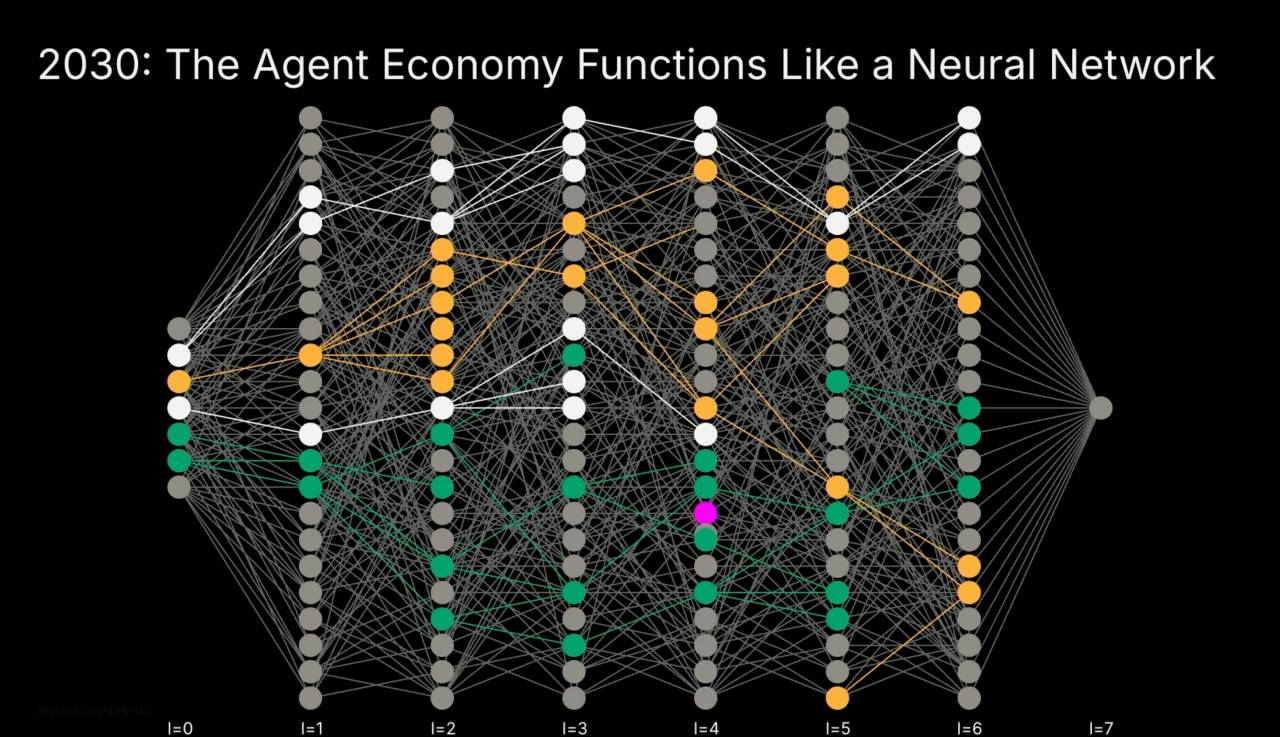
免责声明:本文章仅代表作者个人观点,不代表本平台的立场和观点。本文章仅供信息分享,不构成对任何人的任何投资建议。用户与作者之间的任何争议,与本平台无关。如网页中刊载的文章或图片涉及侵权,请提供相关的权利证明和身份证明发送邮件到support@aicoin.com,本平台相关工作人员将会进行核查。




